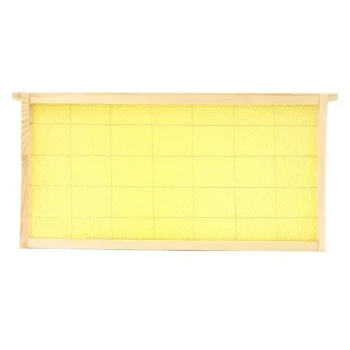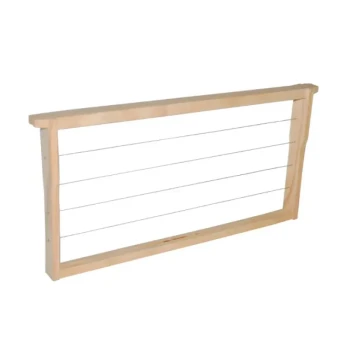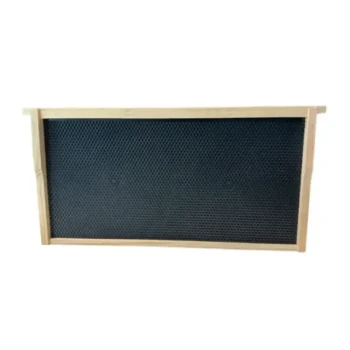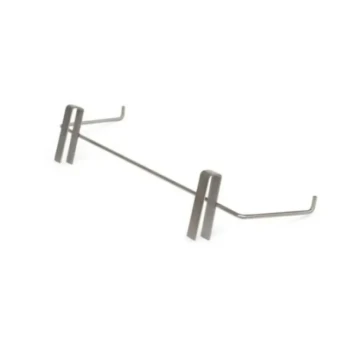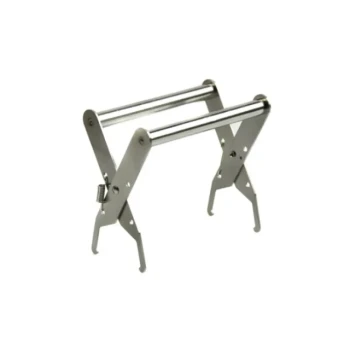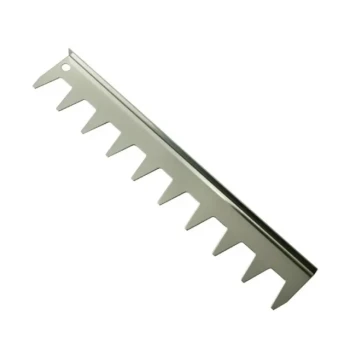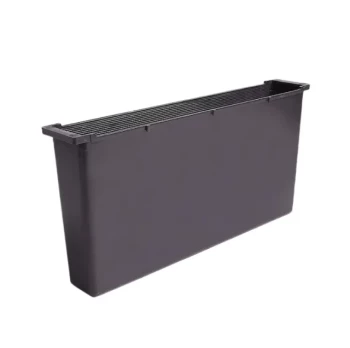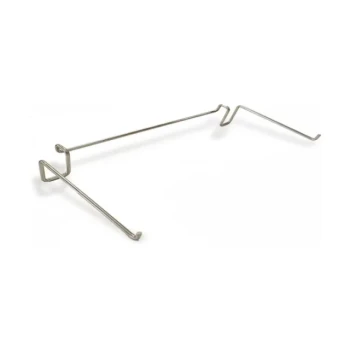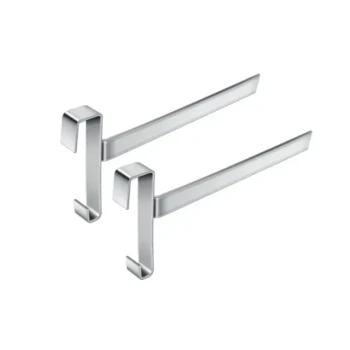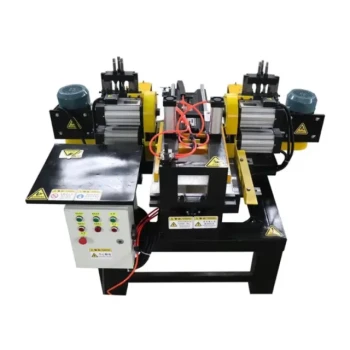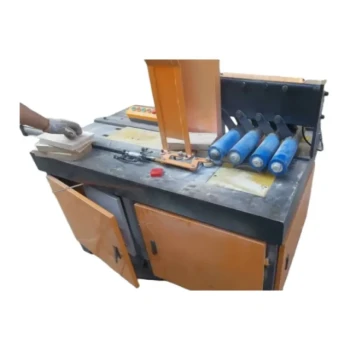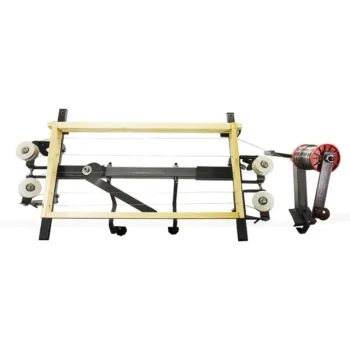When building or expanding a beekeeping operation, every decision impacts productivity—especially frame selection. Should you invest in pre-assembled frames for immediate use, or does the cost savings of unassembled frames justify the extra labor? This guide breaks down the trade-offs between time, effort, cost, and functionality to help you optimize your hive setup.
Quantifying Time Investment: Labor Hours per Frame Type
Assembled frames offer plug-and-play convenience, eliminating hours of manual work. For commercial apiaries managing hundreds of hives, this time savings translates to faster scalability.
Unassembled frames, while cheaper upfront, demand significant assembly time:
- Per-frame labor: Constructing a single frame requires roughly 10–15 minutes for beginners, including measuring, nailing, and squaring corners.
- Bulk assembly challenges: Scaling up? Multiply this effort across hundreds of frames—a task that can consume days for large operations.
Key consideration: Research shows that beginners often underestimate the learning curve. Misaligned corners or weak joints can compromise frame durability, leading to costly repairs mid-season.
Hidden Costs Beyond Nails: Tools, Skill, and Setup Complexity
The true cost of unassembled frames extends beyond their price tag:
-
Tool requirements:
- A sturdy hammer, wood glue, and clamps are essential for precise assembly.
- Commercial operations may need pneumatic nail guns to streamline the process.
-
Skill dependency:
- Novice beekeepers face a steeper learning curve to achieve professional-grade results.
- Poorly assembled frames risk collapsing under the weight of honey (up to 8 lbs per frame), jeopardizing hive health.
-
Opportunity cost:
- Time spent assembling frames could be allocated to hive inspections or honey extraction—tasks that directly impact yield.
Pro tip: For distributors supplying equipment to commercial clients, pre-assembled frames reduce onboarding friction, letting beekeepers focus on production.
Long-Term Trade-offs: Durability, Maintenance, and Hive Adaptability
Durability:
- Factory-assembled frames often use industrial-grade fasteners, ensuring consistent strength.
- Handmade frames may vary in quality, requiring frequent replacements if joints loosen over time.
Maintenance:
- Pre-assembled frames simplify repairs; beekeepers can swap units without disassembly.
- Custom-built frames allow for modifications (e.g., deeper grooves for foundationless beekeeping), but adjustments demand additional labor.
Adaptability:
- Need to standardize equipment across apiaries? Assembled frames guarantee uniformity.
- Prefer experimenting with frame designs? Unassembled kits offer flexibility for niche techniques.
Final thought: The choice hinges on your operation’s scale and priorities. Time-strapped commercial beekeepers benefit from ready-to-use frames, while hobbyists might value the customization of DIY kits.
Ready to Optimize Your Hive Setup?
HONESTBEE equips commercial apiaries and distributors with high-performance beekeeping supplies—whether you prioritize time-saving assembled frames or cost-efficient unassembled kits. Contact us to discuss bulk solutions tailored to your productivity goals.
Because every minute saved in setup is a minute earned in honey production.
Visual Guide
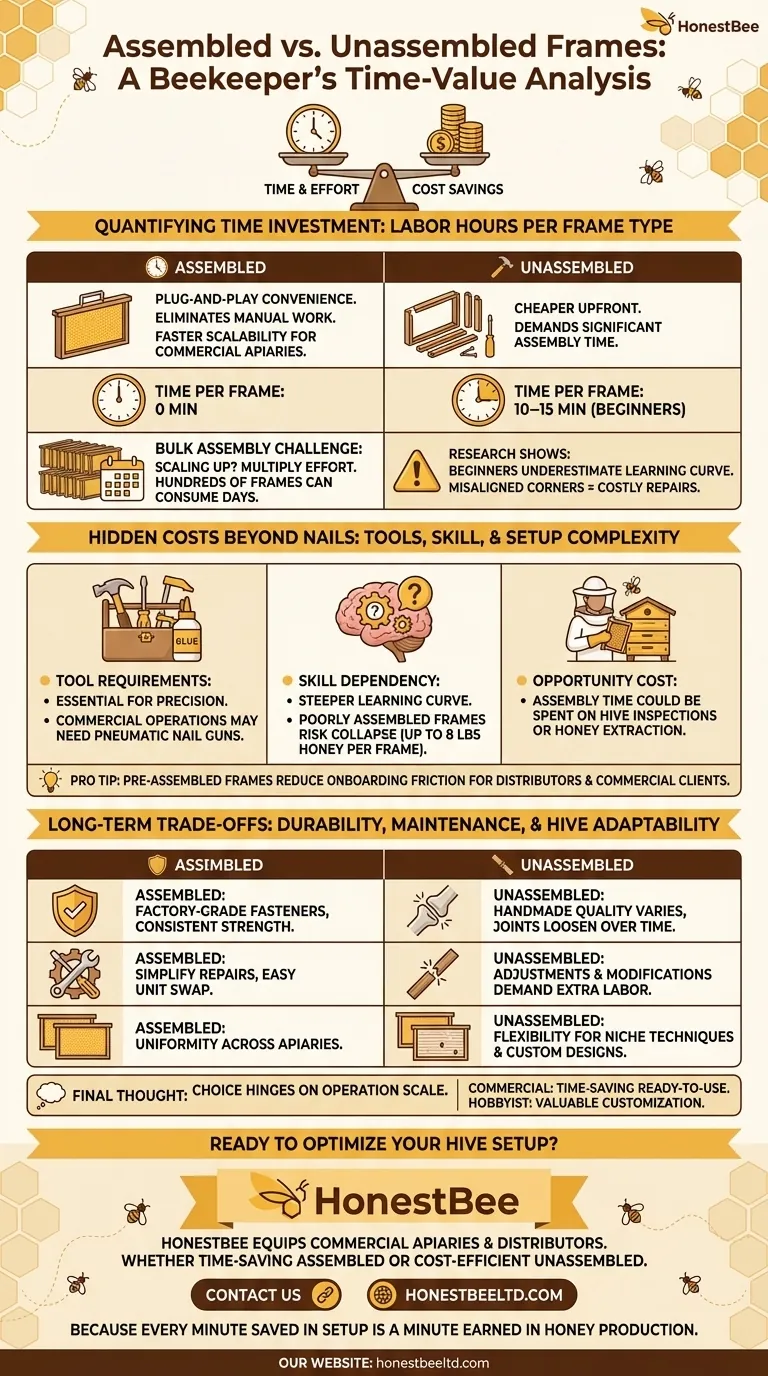
Related Products
- Assembled Wooden Bee Frames with Beeswax Foundation Ready to Use by HONESTBEE
- HONESTBEE Wired and Assembled Wooden Bee Frames Foundation for a Thriving Hive
- Assembled Wooden Bee Frames with Plastic Foundation for Durability and Convenience by HONESTBEE
- Plastic Bee Frame Beekeeping Hive Frames for Wholesale
- Heavy-Duty Stainless Steel Clip-On Frame Perch
Related Articles
- How to Clean and Restore Wired Frames Without Compromising Durability
- Unlock Self-Sufficiency: The HONESTBEE Semi-Automatic Bee Frame Machine – Your All-in-One Workshop Solution
- How to Transition Hive Frames Safely Without Disrupting Colony Health
- How Wooden Frames Deliver Better Long-Term Value for Commercial Beekeepers
- How to Optimize Frame Count in 10-Frame Hives for Maximum Honey and Healthy Bees

